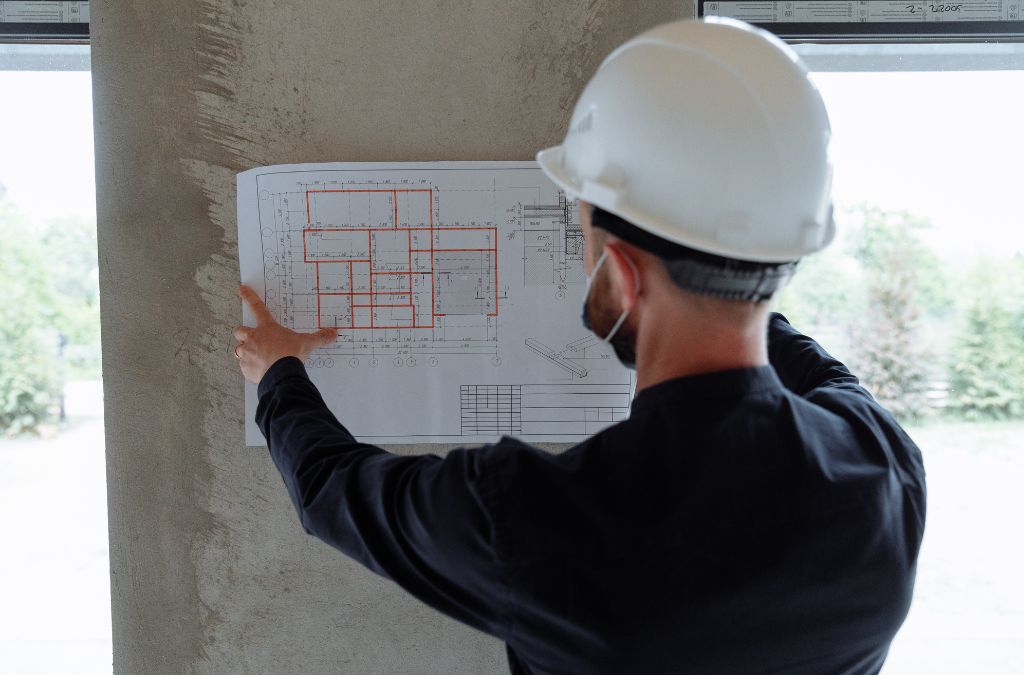-
Table of Contents
- The Role of an Architect: Shaping Spaces and Creating Dreams
- Understanding the Architect’s Responsibilities
- Conceptualizing and Developing Design Ideas
- Creating Detailed Architectural Plans and Blueprints
- Ensuring Compliance with Building Codes and Regulations
- Collaborating with Engineers, Contractors, and Other Stakeholders
- Overseeing Construction to Ensure Design Integrity
- The Skills and Qualities of a Successful Architect
- Case Studies: Architectural Marvels
- The Sydney Opera House
- The Burj Khalifa
- The Fallingwater House
- The Future of Architecture: Sustainability and Innovation
- Green Building Practices
- Technological Advancements
- Conclusion
The Role of an Architect: Shaping Spaces and Creating Dreams
Architects play a pivotal role in shaping the built environment, transforming abstract ideas into tangible structures. Their work impacts not only the aesthetics of a space but also its functionality, sustainability, and the well-being of its occupants. This article explores the multifaceted responsibilities of architects, the skills they bring to the table, and the profound influence they have on our daily lives.
Understanding the Architect’s Responsibilities
Architects are responsible for a wide range of tasks that extend beyond mere design. Their duties encompass:
- Conceptualizing and developing design ideas
- Creating detailed architectural plans and blueprints
- Ensuring compliance with building codes and regulations
- Collaborating with engineers, contractors, and other stakeholders
- Overseeing construction to ensure design integrity
Conceptualizing and Developing Design Ideas
The initial phase of any architectural project involves understanding the client’s vision and requirements. Architects must balance creativity with practicality, considering factors such as site conditions, budget constraints, and user needs. This stage often involves sketching, modeling, and using computer-aided design (CAD) software to visualize concepts.
Creating Detailed Architectural Plans and Blueprints
Once a design concept is approved, architects create detailed plans and blueprints. These documents serve as a roadmap for construction, specifying dimensions, materials, and construction techniques. Precision is key, as any errors can lead to costly delays and modifications.
Ensuring Compliance with Building Codes and Regulations
Architects must navigate a complex web of building codes, zoning laws, and safety regulations. Compliance ensures that structures are safe, accessible, and environmentally responsible. This aspect of the job requires a thorough understanding of legal requirements and the ability to adapt designs accordingly.
Collaborating with Engineers, Contractors, and Other Stakeholders
Architecture is inherently collaborative. Architects work closely with structural engineers, electrical engineers, landscape architects, and contractors to bring their designs to life. Effective communication and teamwork are essential to address challenges and ensure that all aspects of the project align with the original vision.
Overseeing Construction to Ensure Design Integrity
During the construction phase, architects often visit the site to monitor progress and address any issues that arise. Their presence helps maintain the integrity of the design and ensures that the final structure meets the client’s expectations.
The Skills and Qualities of a Successful Architect
Architects must possess a diverse skill set to excel in their profession. Some of the key skills and qualities include:
- Creativity and artistic ability
- Technical proficiency in design software
- Strong analytical and problem-solving skills
- Excellent communication and interpersonal skills
- Attention to detail and precision
- Knowledge of building codes and regulations
- Project management and organizational skills
Case Studies: Architectural Marvels
To illustrate the impact of architects, let’s examine a few iconic structures:
The Sydney Opera House
Designed by Danish architect Jørn Utzon, the Sydney Opera House is a masterpiece of modern architecture. Its distinctive sail-like design has made it an iconic symbol of Australia. The project faced numerous challenges, including budget overruns and engineering difficulties, but Utzon’s vision and perseverance resulted in a structure that continues to inspire awe.
The Burj Khalifa
Standing at 828 meters, the Burj Khalifa in Dubai is the tallest building in the world. Designed by Adrian Smith of Skidmore, Owings & Merrill, this skyscraper exemplifies the possibilities of modern engineering and design. Its construction required innovative techniques and materials, showcasing the architect’s ability to push the boundaries of what is possible.
The Fallingwater House
Frank Lloyd Wright’s Fallingwater House in Pennsylvania is a prime example of organic architecture. Built over a waterfall, the house seamlessly integrates with its natural surroundings. Wright’s design philosophy emphasized harmony between human habitation and the environment, creating a timeless piece of architectural art.
The Future of Architecture: Sustainability and Innovation
As the world grapples with climate change and urbanization, architects are at the forefront of developing sustainable and innovative solutions. Green building practices, energy-efficient designs, and the use of renewable materials are becoming standard in modern architecture. Architects are also exploring new technologies such as 3D printing and smart buildings to create more efficient and adaptable structures.
Green Building Practices
Green building practices focus on reducing the environmental impact of construction and operation. This includes using sustainable materials, optimizing energy efficiency, and incorporating renewable energy sources. Buildings like the Bullitt Center in Seattle, designed by Miller Hull Partnership, demonstrate how architecture can contribute to environmental sustainability.
Technological Advancements
Technological advancements are revolutionizing the field of architecture. 3D printing allows for the creation of complex structures with minimal waste, while smart building technologies enable real-time monitoring and optimization of energy use. These innovations are paving the way for more efficient and sustainable architectural practices.
Conclusion
Architects play a transformative role in shaping the spaces we inhabit. Their work blends creativity with technical expertise, resulting in structures that are not only functional but also inspiring. From iconic landmarks to sustainable buildings, architects leave an indelible mark on our world, creating spaces that enhance our quality of life and reflect our aspirations.
